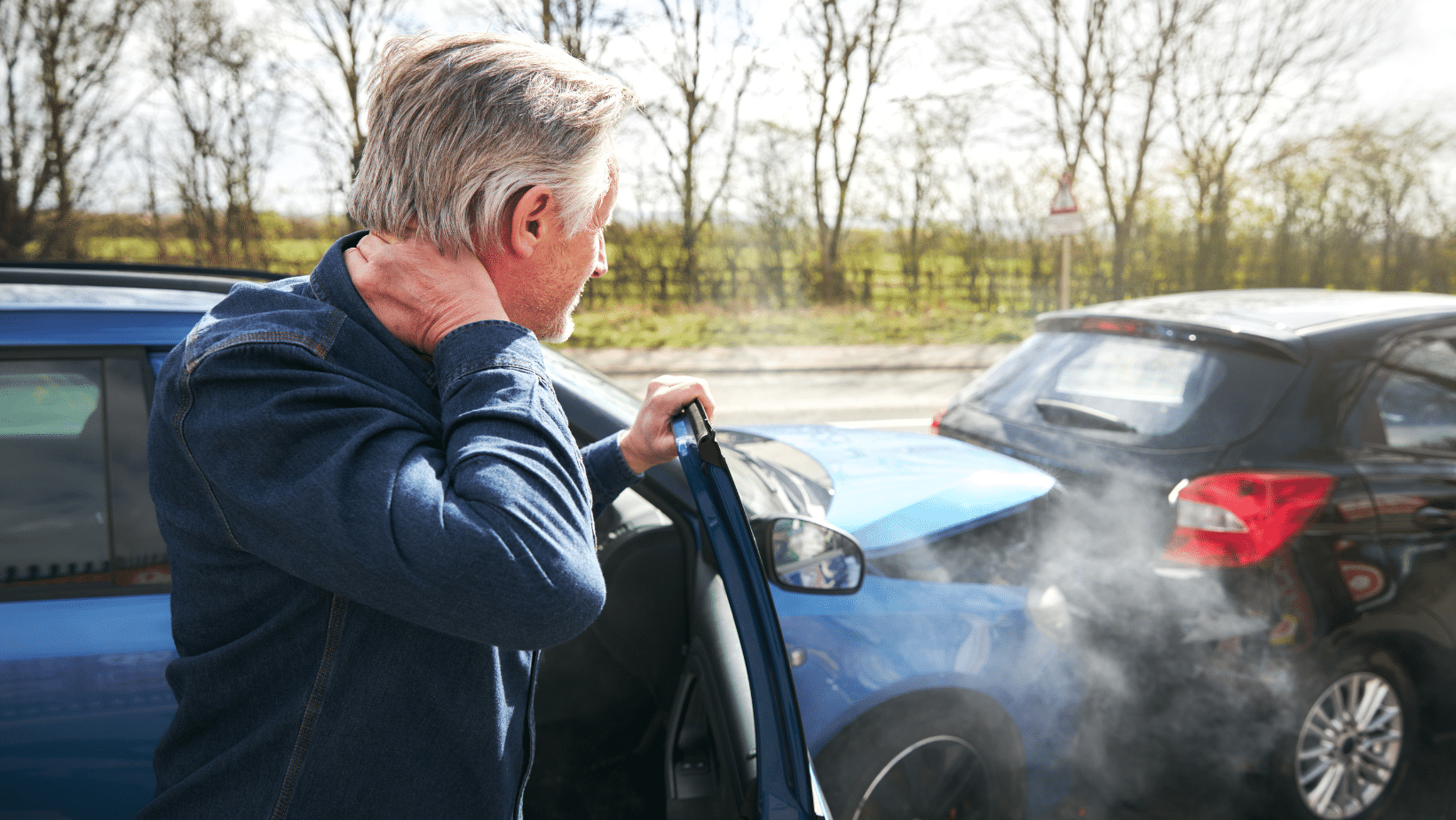- Lane-Splitting: Lane-splitting is the practice of motorcycles riding between lanes of slow-moving or stopped traffic, primarily to escape rear-end collisions or maneuver through congested areas with ease.
- Safety Benefits: Studies show that lane-splitting can reduce the likelihood of rear-end injuries, head and torso injuries, and fatal injuries for motorcyclists. However, the National Highway Traffic Safety Administration (NHTSA) does not officially endorse or support the practice.
- Potential Dangers: Lane-splitting can startle drivers who are not accustomed to motorcycles traveling alongside their vehicles. It becomes particularly risky when larger vehicles change lanes without noticing motorcyclists, leading to serious accidents.
- Safety Measures for Riders: To mitigate risks, motorcyclists should wear Department of Transportation-approved helmets, plan routes in advance, ride with partners for increased visibility, and execute lane-splitting maneuvers only when safe and necessary.
- Legal Status: New Jersey currently lacks laws prohibiting lane-splitting, and there have been petitions to legalize the practice. While it can improve traffic flow and safety in certain situations, caution and adherence to safe practices are essential for both motorcyclists and other road users.
“Lane splitting,” also called lane-sharing and white-lining, refers to a motorcycle cutting between two adjacent lanes of traffic. While this may sound dangerous, and it sometimes is, research from the National Highway Traffic Safety Administration (NHTSA) indicates that the practice actually may reduce the number of motorcycle collisions on the highway. Each state handles lane-splitting separately. While some states have laws that explicitly prohibit the practice, New Jersey does not. However, this does not mean that state police and lawmakers condone or encourage the practice. If you or somebody you love was injured in an accident, learn more about your legal options by speaking with a New Jersey motorcycle accident lawyer.
What Is the Point of Lane-Splitting?
A police officer in New Jersey may cite a motorcyclist for failure to keep right while lane-splitting if the motorcyclist rides the white line for too long or does not appear to use the technique safely. One of the benefits of lane-splitting is that it allows motorcycles to escape from a potential rear-end collision from a distracted driver or move out of the way of slower traffic with ease.
A May 2015 study from the University of California at Berkeley reported motorcyclists who lane-split are significantly less likely to sustain rear-end injuries from other vehicles, have a lower likelihood of suffering head and torso injuries, and have a lower chance of suffering fatal injuries. NHTSA has acknowledged these findings, but it does not endorse or support the practice.
While lane-splitting offers motorcyclists more options and potentially life-saving escape routes on the highway, the practice can also startle drivers who do not expect to see motorcycles traveling right next to their vehicles. Lane-splitting is dangerous when larger vehicles change lanes. They may do so without expecting a motorcyclist to lane-split next to them, causing a serious accident.
Best Practices for Riders
If you plan to ride your motorcycle in New Jersey, there are a few ways you can keep yourself safe on the road and limit your chance of suffering injuries in an accident, including:
- Wearing a helmet. The Centers for Disease Control and Prevention (CDC) report that helmets can reduce the risk of a fatal injury by up to 37% and the risk of a head injury by up to 69%. Make sure to purchase a Department of Transportation-approved helmet that fits appropriately. Many styles of motorcycle helmets exist, but a full-face enclosed helmet with a visor will offer the best protection.
- Planning your route. Knowing where to go before you leave is a great way to reduce your risk of an accident. Drivers are more likely to cause accidents in unfamiliar areas or when making snap decisions, like quickly shifting lanes to make it to an exit lane.
- Ride with a partner. It’s a good idea to travel with a partner or with a group of other riders. This helps you stay more visible to other drivers. At night, sharing a lane with another motorcyclist will make your taillights appear to be a pair from another car, helping reduce the risk of an accident.
- Only lane-split when it is safe to do so. Always check your surroundings before lane-splitting if you intend to split to get ahead of slower traffic. Drivers ahead may not notice you preparing your split and may change lanes. The drivers you pass may not notice you and swerve if you startle them, so try to execute the maneuver as quickly and smoothly as possible and then return to an appropriate lane position once you complete your split.
New Jersey does not have any laws in the works banning the practice of lane-splitting, and a petition to enact a law specifically allowing lane-splitting received more than 700 signatures. This maneuver can potentially save lives and allow traffic to flow more smoothly, but it’s vital to lane-split only when necessary and to do it as safely as possible.





